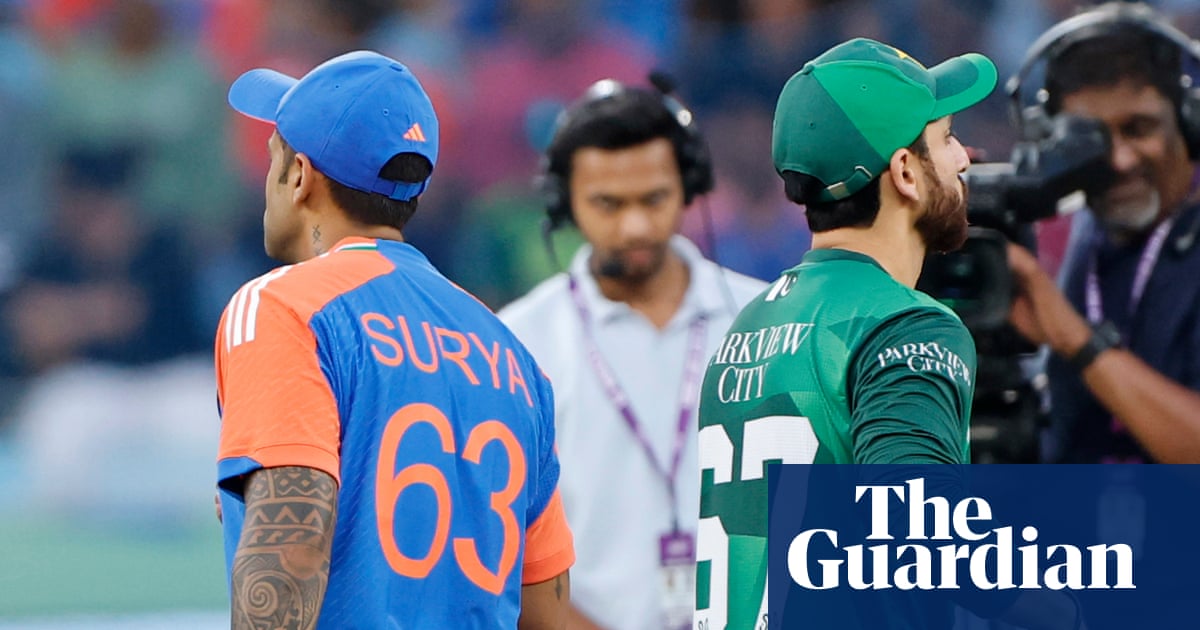
"It is seen on village greens and in Test arenas alike. It is there at the start of the game, just after the coin toss, and it is there at the end when the final run is struck or wicket falls. According to research from the University of Dundee it should last between one-and-a-half and three seconds, just long enough to reassure both participants, but not so long as to feel overbearing."
"In the tapestry of the sport it is less consequential than the colour of the captain's socks or what the home team has laid out for tea. And yet its absence is instantly conspicuous, sometimes enough to spark controversy, fines or even diplomatic fallout. The most recent reminder came this month. India had just beaten Pakistan in the Asia Cup by seven wickets, but there was no post-match handshake."
"No nods, no pats on the back. Just players collecting kit and heading for the tunnel. The omission was deafening. Within hours, clips of the no-handshake were being dissected frame by frame online. #Handshakegate was trending. The Pakistan Cricket Board lodged a formal complaint with the Asian Cricket Council and Indian officials replied that handshakes are a custom, not a law, and soon enough a match referee found himself in the headlines."
Post-match handshakes in cricket are customary brief gestures meant to reassure participants and signal closure, typically lasting one-and-a-half to three seconds according to University of Dundee research. Their absence is conspicuous and can provoke controversy, fines, or diplomatic complaints. A recent Asia Cup match saw India beat Pakistan without any post-match handshake, prompting viral scrutiny, the #Handshakegate trend and a formal complaint from the Pakistan Cricket Board. Indian officials defended the choice as a custom rather than law, and captain Suryakumar Yadav linked the omission to recent cross-border tensions after a militant attack and retaliatory strikes.
Read at www.theguardian.com
Unable to calculate read time
Collection
[
|
...
]